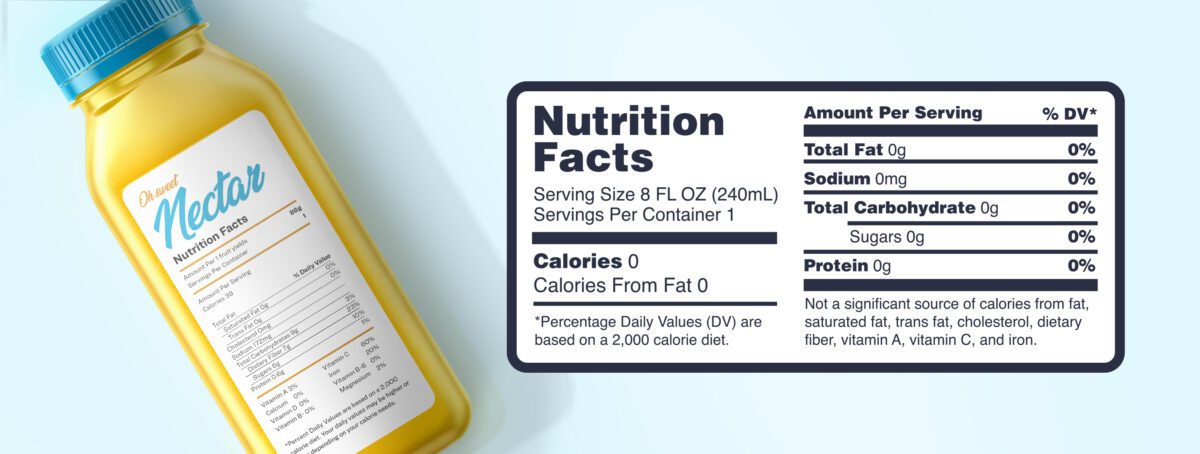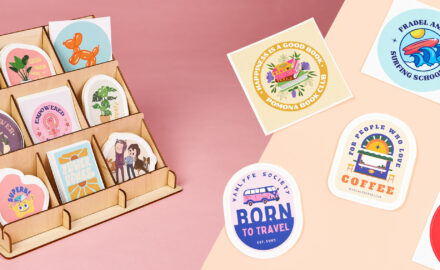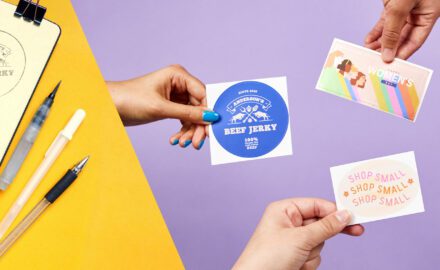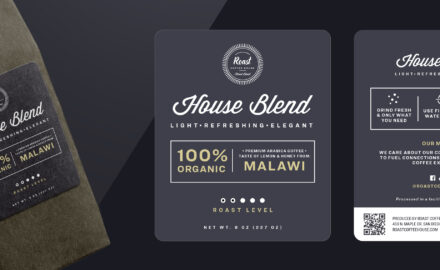A guide to making nutrition labels for your products
Other articles you might like:
Nutrition labels are a valuable tool for both consumers and producers, as they provide crucial information about the nutritional content of food. According to the USDA, nearly 80% of adults use nutrition facts panels to make their buying decisions. And, in many cases, nutritional information is required on food products, especially if you’re trying to sell in retail.
In this guide, we’ll walk you through the process of creating effective nutritional labels while highlighting two powerful tools—Avery WePrint and ReciPal—to simplify your nutrition labeling experience.
Understand regulatory guidelines
Before you begin creating your nutritional labels, familiarize yourself with your local and federal regulatory guidelines. These regulations ensure that your labels meet legal standards, providing consumers with accurate and transparent information about your product.
Since buyers are reading nutrient labels more and more, especially with the increasing levels of obesity and heart disease in the United States, having a detailed nutrient list helps show buyers what is good, and bad, in the foods they’re eating.
The U.S. Food and Drug Administration (FDA) requires that things that impact weight control, diabetes, high blood pressure, heart disease, stroke, and many other common diseases should be listed. There are nutrients that are less important to buyers and are optional to have on the label.
What’s required on nutrition labels?
Unfortunately, there are a lot of rules and requirements (see below). Plus, all of the required information needs to be rounded, and there are different rounding rules for each element. After that, you’ve still got to figure out how to follow the FDA’s formatting rules when designing the label.
Cheat code – if you don’t want to figure this out yourself check out the next section about how our partner ReciPal can help you produce FDA-compliant nutrition labels in just minutes with their online software.
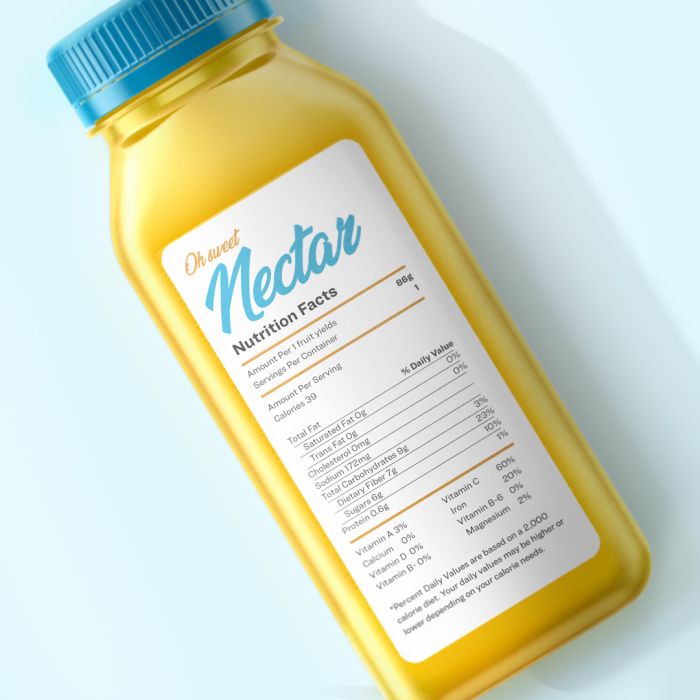
- Serving size and servings per package: One of the most important parts of your nutrient label is serving size and the servings per package. The USFDA and USDA require you to use standard reference serving sizes in your nutrition facts panel. You should use cups, tablespoons, teaspoons, pieces, or fluid ounces along with their metric equivalents in milliliters or grams.
- Calories: Another important requirement you must include on the nutrition label is calories. For servings with 50 calories or less, you should write the number in increments of 5. But for servings over 50 calories, the number must be written in increments of 10.
- Total Fat: All nutrition labels must contain the total grams of fat per serving. This includes lipid fatty acids known as triglycerides. If total fat is less than 0.5 grams per serving, you can write it as zero but you still must include it on the labels.
- Saturated Fat: You must include saturated fat, which is a “bad fat” separately, as it raises consumers’ LDL cholesterol levels. Similar to total fat, if your product’s saturated fat is less than 0.5 grams per serving, it can be written as zero but must be separate on the label.
- Trans Fat: Trans fats must also be separate as they are the worst of the “bad fats”. The FDA is slowly phasing out the use of trans fat but food manufacturers must still include it on nutrition labels. Just like the other fats, if there are less than 0.5 grams of trans fat per serving, you can write it as zero.
- Cholesterol: Your cholesterol listing should show the cholesterol content per serving in milligrams rounded to 5 mg units. If it is less than 2 milligrams per serving, you can list it as zero. You can also include the phrase “Not a significant source of cholesterol” at the bottom of the nutrient list. If it has between 2-5 milligrams of cholesterol per serving, write is as “Contains less than 5 milligrams.”
- Sodium: Include sodium in milligrams per serving. You can write it as zero if there is less than 5 mg. When the item has 5-140 mg, write it in 5 mg units. Write it in 10 mg increments if it has more than 140 mg per serving.
- Carbohydrates: You must include total carbohydrates on your nutritional label unless there is less than 1 gram. You can write it as “Contains less than 1 gram”. If there is less than 0.5 grams per serving, it can be written as zero.
- Dietary Fiber: State dietary fiber in grams. In quantities of less than 1 gram, you can write as “contains less than 1 gram”. If you include “Not a significant source of dietary fiber” at the bottom, then you don’t need to list it. Zero can also be used if your item has less than 0.5 grams.
- Sugars: List sugars in grams. When there is less than 1 gram, you can state as “Contains less than 1 gram.” You don’t have to list sugar in the table if you have the phrase “Not a significant source of sugars” at the bottom. Like above, if a serving has less than 0.5 grams, you can write it as zero.
- Protein: You must state protein to the nearest grams per serving. When there is less than 1 gram, then you can use “Contains less than 1 gram”. If it has less than 0.5 grams per serving, you can use zero.
- Vitamin D, Potassium, Minerals: Write Vitamin D, Potassium, as well as Calcium and Iron in exact amounts including daily value percentages. You should write the percentage of the daily value in 2% increments from 2-10% of the daily value. Use 5% units from 10% to 50%, and use 10% increments when it’s above 50%. The FDA no longer requires you to include Vitamins A and C.
Utilize ReciPal for nutrient analysis
To ensure the accuracy of your nutritional information, we recommend using our partner, ReciPal for your nutritional analysis and label creation. The company offers a powerful online tool that simplifies the process of calculating the nutritional content of your recipes and creating FDA-compliant labels. Just enter your ingredients and quantities and ReciPal automatically generates precise and compliant nutrition facts.
After you enter your recipe, it’s time to move on to formatting your labels. And with Avery and ReciPal, it’s never been easier.
Choose a nutrition label template
Streamline the design process by automatically generating compliant nutrition labels. With ReciPal nutrition label templates you can choose from all the FDA formats to find the one that best suits your packaging. From there, you can easily customize the templates to suit your product’s specific needs.
Design your nutrition label
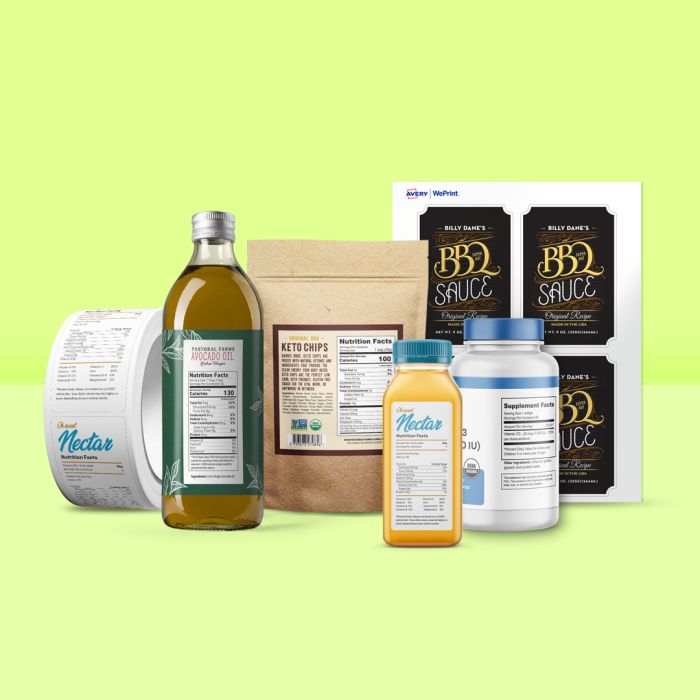
Once you have all your information gathered and have chosen your templates, it’s time to design your nutrition labels. ReciPal allows you to adjust style options while following all of the regulatory guidelines. Once you have your nutrition labels ready then it’s simple to order them from Avery, either have them professionally printed or order blank labels and print yourself.
Avery provides an easy-to-use label printing service that guarantees a polished and consistent look for your nutritional labeling. If you want to print your own labels, simply buy the blank sheet labels in the exact size, shape and quantity you need.
Final thoughts
Creating nutrition labels is a crucial aspect of food product development, and with the right tools, the process becomes more manageable. By incorporating ReciPal for accurate nutrition analysis and Avery Labels for your actual labels, you can confidently produce labels that not only comply with regulations but also provide consumers with the essential information they need.

